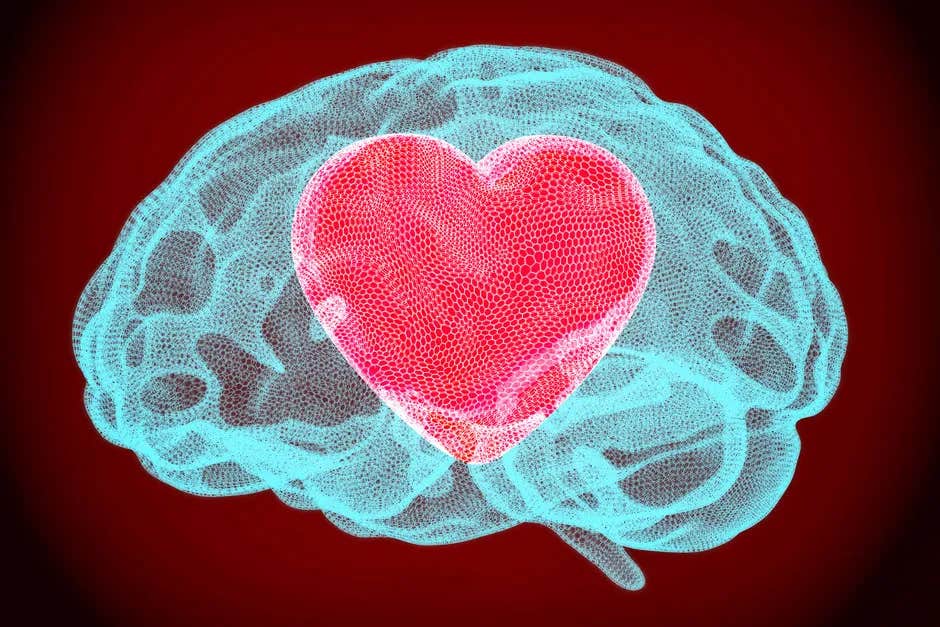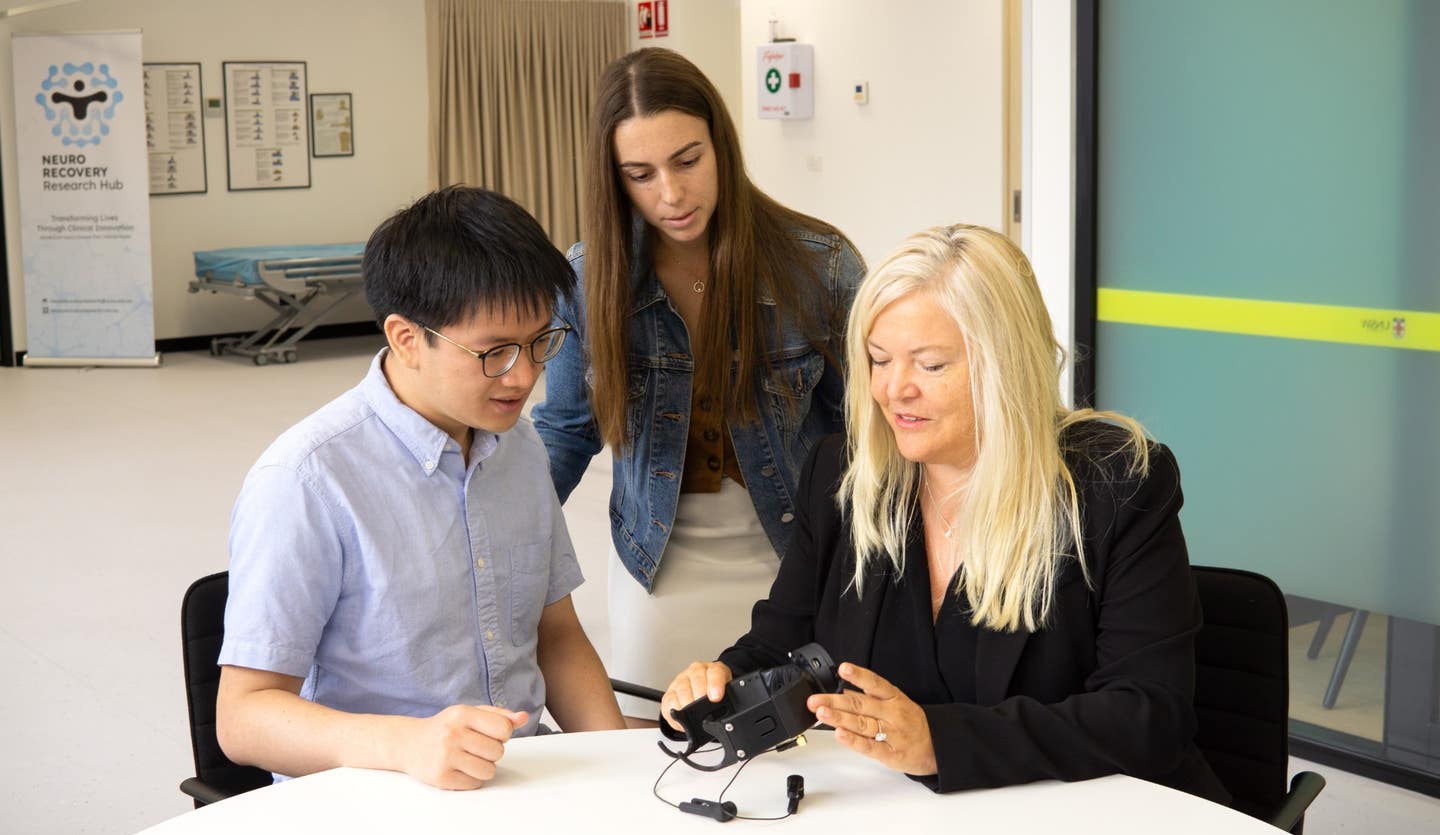Groundbreaking study reveals where love lives in the brain
Groundbreaking research uncovers how the brain responds to romantic, parental, and even nonhuman love through advanced imaging.

How does your brain process love for partners, children, or even nature? (CREDIT: Getty Images)
Love is a complex and deeply ingrained human experience, profoundly influencing your relationships and emotional well-being. Researchers have sought to decode its neural underpinnings, aiming to understand why love spans such a vast spectrum—from romantic affection to parental bonds, friendships, and even a profound connection to nature.
A recent study has advanced this quest, revealing surprising insights about the brain's activity during various expressions of love.
The study, conducted by researchers at Aalto University and published in Cerebral Cortex, investigated the neural mechanisms behind feelings of love for six distinct categories: romantic partners, children, friends, strangers, pets, and nature.
Participants, all parents in loving relationships, listened to short, narrated scenarios designed to evoke specific feelings of love while their brain activity was recorded using functional magnetic resonance imaging (fMRI).
The researchers sought to map out which brain regions are activated during love and how these patterns vary by the type of love experienced. "We now provide a more comprehensive picture of the brain activity associated with different types of love than previous research," said Pärttyli Rinne, the lead philosopher and researcher of the study.
Brain Networks of Love
The brain’s reward system plays a central role in feelings of love. In romantic and parental love, the reward areas—such as the striatum—showed the highest activation. Parental love, in particular, uniquely engaged deep reward pathways in the brain, underscoring its evolutionary importance for fostering parental care and survival of offspring.
Interestingly, the study found that all forms of interpersonal love—whether for romantic partners, friends, or strangers—activated brain regions associated with social cognition.
Related Stories
These areas include the precuneus and temporoparietal junction, which are integral to understanding others' thoughts and emotions. However, compassionate love for strangers triggered less intense activity, reflecting the weaker emotional bond.
Love for pets and nature, on the other hand, showed distinct patterns. While pet owners exhibited brain activity similar to interpersonal love, love for nature primarily activated reward and visual brain regions, bypassing areas linked to social cognition. This finding highlights the diverse neural mechanisms underlying different forms of love.
How Scenarios Shape Brain Activity
To evoke feelings of love, participants heard emotionally rich narratives like, "You see your newborn child for the first time—the baby is soft, healthy, and hearty." After each story, participants were instructed to immerse themselves in the emotion for ten seconds. Neutral stories, such as mundane depictions of brushing teeth, served as controls.
These scenarios revealed nuanced differences in brain responses. Romantic love and love for children elicited the most intense activity, reinforcing their profound emotional and biological significance.
Meanwhile, narratives involving love for pets demonstrated clear distinctions between pet owners and non-pet owners. Pet owners showed heightened activity in brain areas tied to sociality, reflecting their stronger affiliative bond with animals.
The findings align with existing theories of attachment and love, which categorize affiliative bonds into gradients of closeness.
According to previous research, human attachment encompasses a global system involving three overlapping brain networks: reward-motivation, empathy, and mentalizing systems. These networks collectively underpin your ability to form and maintain emotional bonds.
Love for friends and compassionate feelings for strangers occupy the middle and lower ends of this attachment gradient, respectively. The study supports this classification, showing that love’s intensity correlates with the strength of the social bond. However, it also pushes the boundaries of traditional definitions by including interspecies and nonsocial love, such as for pets and nature.
Implications Beyond Neuroscience
Beyond its academic contributions, this research offers practical implications for understanding and treating emotional and psychological disorders. Insights into the neural mechanisms of love could inform interventions for attachment disorders, depression, and relationship challenges.
As Rinne noted, "Understanding the neural mechanisms of love helps guide philosophical discussions about human connection while enhancing mental health approaches."
This study is part of a broader effort by Rinne and his team to map the emotions and physical experiences associated with love. Their earlier research linked the strongest bodily sensations of love to close interpersonal relationships, further emphasizing the intertwined nature of emotion and physiology.
Why do humans use the word "love" to describe feelings for such diverse objects? The study offers a potential answer: the brain’s reward and social cognition systems adapt to different contexts, making it possible to experience and express love across a variety of relationships and settings.
From evolutionary bonds to cultural constructs, love reflects humanity’s ability to form meaningful connections that transcend mere survival.
This research opens new doors to understanding love in all its forms—whether for a partner, a child, a pet, or the beauty of the natural world. It reaffirms love’s universality, rooted deeply in your brain and manifesting uniquely across life’s experiences.
Note: Materials provided above by The Brighter Side of News. Content may be edited for style and length.
Like these kind of feel good stories? Get The Brighter Side of News' newsletter.



